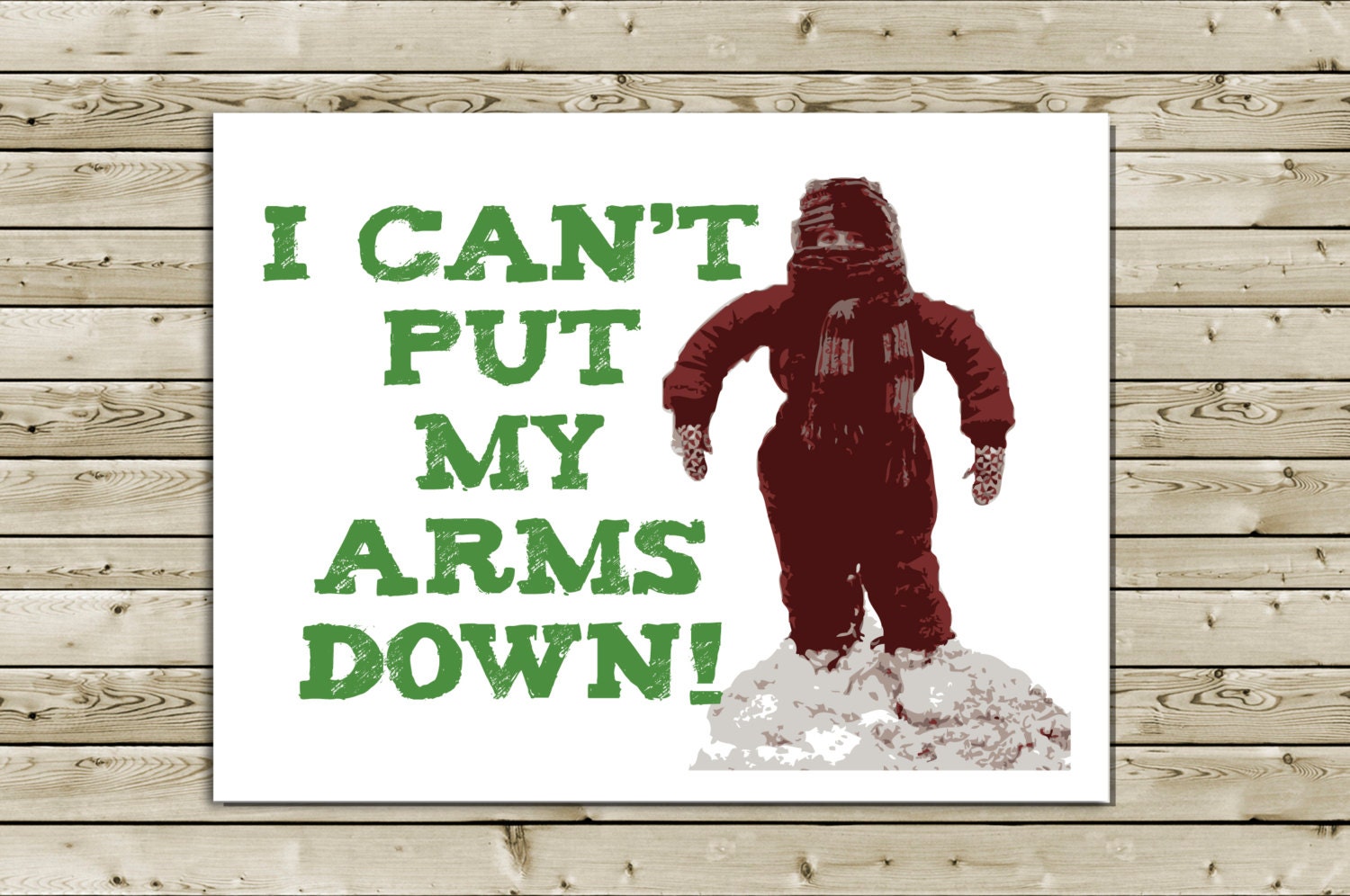A while back I wrote a post about running in the dark and promised to follow it up with one about running in the cold. Now seems like the good time, what with the Polar Vortex threatening to envelop us all and derail our spring marathon training plans.
Above all, don't be a hero. If it's really freaking cold, just stay inside. You can always run another day. (How cold "really freaking cold" happens to be is going to be a matter of opinion, geography, mental stability and what your spouse/partner tells you. For me, it's somewhere around 0 degrees Fahrenheit.)
Cover your head. Nothing frustrates me more than seeing people (runners or otherwise) out and about on cold days without a hat. I pretty mush wear one whenever the temperature dips below 50 degrees -- I have big ears, plus I get cold very easily -- and I tell myself that's a big part of the reason I typically make it through the winter without getting sick. It's worth investing in a good hat that will keep you warm without trapping so much heat that you need to doff the hat because it's wet, sweaty and gross.
Cover your hands, too. This goes without saying, really. If it's really cold, go with two pairs of gloves. Most of the time, I wear cheap grocery store bargain bin gloves -- that way, I don't feel guilty when I rub snot on them -- but when it gets below 20 degrees I need to break out the big guns.
Try not to overdress on your long runs. You're gonna start sweating as you run, and then your sweat will freeze, and then you'll get cold. The conventional wisdom says to dress for a temperature that are 15 to 20 degrees warmer than it actually is. If it's 30 degrees, for example, dress as though it's 50. Yes, you'll be cold for the first mile or so, but that will change quickly. Don't forget about win,d too.
On your short runs, though, who cares? If you're not going to be outside for more than, say, 45 minutes, you're probably OK overdressing a bit -- especially if that extra layer is the difference between making it out the door and staying on the couch.
Generally speaking, for shorter runs, I generally wear two layers if it's in the 40s and 30s, three layers if it's in the 20s and teens, and four layers if it's in single digits. (Again, I get cold easily.) The layer closest to my chest is a moisture wicking one, but after that I'm not afraid to wear cotton. (I know this is uncouth, but I have a soft spot in my heart for cotton hoodies.) For long runs, I play it a bit differently and also stick to wicking shirts, since I sweat a lot more.
Stay thirsty, my friends. You still need to hydrate. It's definitely tougher -- on one long run a couple years ago, the water inside the bottle I was carrying up and froze on me -- but it needs to be done. Bonus: If it's cold out, there's probably also snow, and if it's clean, you can eat it! Score!
Pace yourself. Don't make your first cold-weather run a 20-miler at marathon pace. It's been a while since you first ran in the cold. Overdress a bit, run around the neighborhood and remember what it's like before you start doing serious workouts in the cold.
Maintain perspective. If you're training for the Hyannis Marathon, the Lake Effect Half Marathon or even a St. Patrick's Day 5K, then yes, you'll need to stop making excuses and start running in the cold. If your target race is somewhere warm, or in the spring, then you don't really need to acclimate to below-freezing temperatures. My marathon is in May, so while I know I have cold weather runs in my future, I also won't feel too guilty about rescheduling key workouts to days when the conditions are better.
I'll still feel guilty, of course, because running in the cold makes you tough, and I like to think that I am tough.

No comments:
Post a Comment